Muhammad Ali: The Fighter
Today, this site, like the rest of the boxing world, marks the anniversary of Muhammad Ali’s birth, and so what better time to re-feature an in-depth look at the ring skills of “The Greatest” from renowned analyst, coach and video auteur Lee Wylie. What skills and strategies were key to the stupendous success of the man many regard as the finest heavyweight to ever step through the ropes? Conversely, what were his weaknesses, and where does Wylie rate Ali in heavyweight history? The answers are right here and nowhere else. Check it out:
1. What tactics were most crucial to the boxing success of Muhammad Ali?
Distance and Timing: By leaning forward at the waist, Ali could, almost at will, cause opponents to misjudge distance and fall short with an attack. Thinking Ali was in range to be hit, a fighter would invariably take the bait and lead with the longest weapon to the nearest target, the jab. Ali would then pull away from the jab and return fire with a right hand over the top, striking while the opponent was reaching in and unable to recover. By manufacturing a scenario where a jab from the opponent was practically inevitable, Ali could then anticipate, time, and counter effectively.
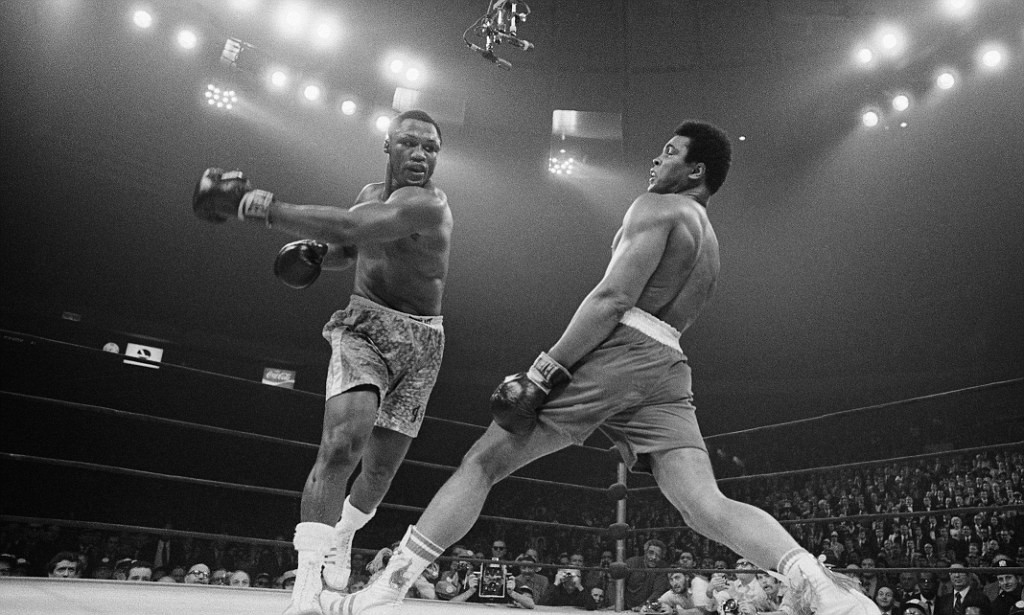
The Jab: Long, quick and accurate, Ali’s “flicker” jab — a less powerful, backhanded jab thrown with a partially open glove — was a thing of beauty. He would shoot it low from the hip, or from across his waist or chest. With his lead hand in constant motion, Ali kept the starting point of his jab hidden. The fastest jab is always one thrown directly from the guard with no preparatory movement, but due to its deceptive path and The Greatest’s lightning hand speed, Ali’s jab was difficult to see coming and often found the target undetected. The jab was Ali’s primary point-scorer and set-up, and along with his superior mobility, his most effective means of regulating distance and keeping the opponent off-balance.

Rhythm: Just as Ali would often “play” with distance, he could do the same with rhythm. Ali was pretty much a jab-right hand or jab-jab-right hand fighter, but by varying the length of time between each blow (jab-jab-right hand, jab――jab-right hand, jab-jab――right hand, etc.) Ali threw off his opponent’s defensive timing which in turn allowed him to land his blows, albeit simple and predictable ones, unimpeded. He had extremely fast hands and feet, but more importantly, Ali maximized his speed by varying the rhythm of his movements and punches.
Feints: Ali was always feinting and giving his opponents different “looks.” For example, while moving side-to-side and circling the ring, he would feint with his feet, shoulders and head, assume different postures, or even playfully tap his gloves together. These subtle movements were designed to threaten or deceive his opponent, and thus create a brief window during which Ali could either get off first with a surprise attack, or move and force the opponent to reset.
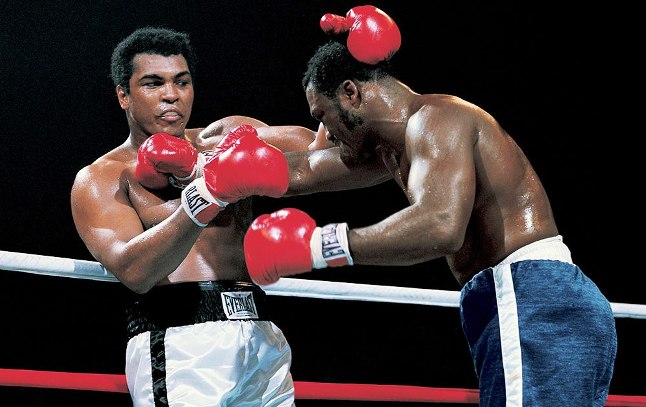
Grappling: Ali’s clinch game was vastly underrated. By grabbing his opponent behind the neck with his left hand and forcing his head downward, Ali was able to simultaneously sap his opponent’s energy and prevent him from working inside. Ali would also place his right glove on the opponent’s left arm to stop him from throwing his left hand effectively.
2. How did Ali’s physical traits complement these tactics? Muhammad Ali was an anomaly in terms of physicality and athleticism. Mike Tyson was more explosive, and Floyd Patterson may have had quicker hands, but neither was as big or as physically strong as Ali. Standing 6’ 3’’ and weighing 214 pounds in his prime, Ali was the most potent mix of size, speed and physical strength the heavyweight division has ever seen.
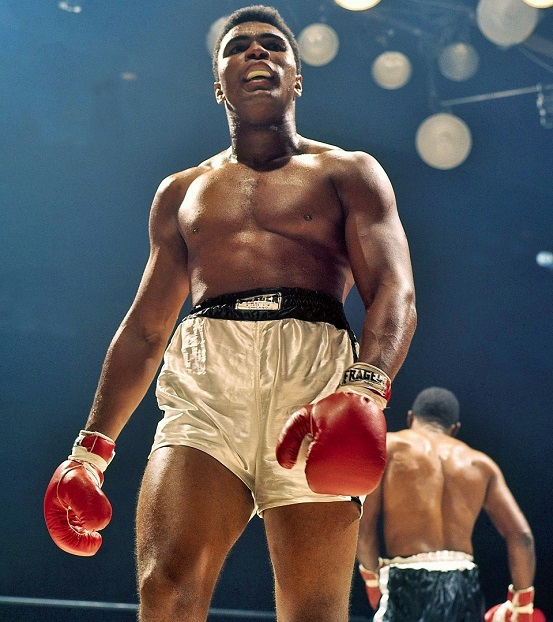
Ali’s reflexes and incredible hand and foot speed obviously complimented his style more during the first phase of his career, where his objective was to keep his opponents on the end of a long jab so they would become frustrated and attack more recklessly. Conversely, during the second phase of Ali’s career, it was his underrated physical strength which aided his work inside the clinch while tying up the likes of Joe Frazier and George Foreman.
3. How would you describe Ali’s ring style? By definition, Ali was very much an out-fighter. During his most aesthetically pleasing performances, he would move gracefully around the ring, flicking out stinging jabs, and then raid with combinations while the opponent was between steps and unprepared. Also, to minimize the risk of being countered, he’d nearly always exit at an angle after finishing an attack. The Brian London and Cleveland Williams fights are fine examples of Ali at his elusive, brilliant best.
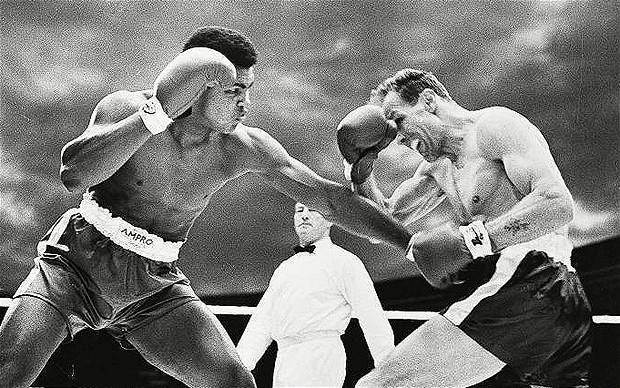
I would never label Ali a classical boxer or technician, though. He wasn’t as technically sound as Willie Pep, or even his stablemate, Willie Pastrano, for that matter. But while I consider Pep to be the greatest out-fighter in boxing history, Ali’s sense of distance and timing may have been second to none.
Of course, once Ali’s physical gifts started to betray him, some of his more overlooked skills came to the fore. Defensively, he’d roll with punches, and nullify the opponent’s attempts at working inside by seizing control of his arms and head. But never, even during the clinch-dominated performances toward the end of his career, was it Ali’s first choice to fight inside. Rather, Ali just didn’t have the legs anymore to control distance and fight from his preferred range.
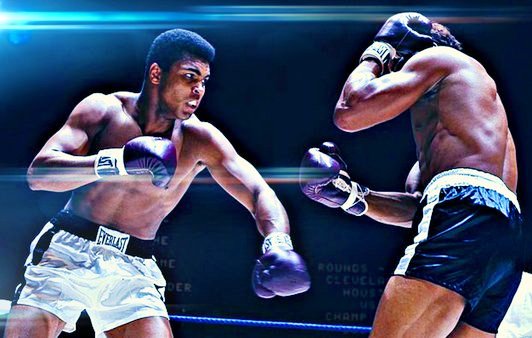
4. Did Ali have any shortcomings as a fighter? If so, what were they? Technically, Ali did a lot of things you’re not supposed to do. He often crossed his feet as he moved around the ring; he held his hands below his waist rather than just off the shoulder to protect his chin; he’d drop his right hand before throwing an uppercut (see the first Joe Frazier fight), and he’d lean away from hooks instead of catching or ducking under them. He also allowed his guarding hand to drift out to the side every time he jabbed, a tendency Ken Norton (with a little help from Eddie Futch) exploited.
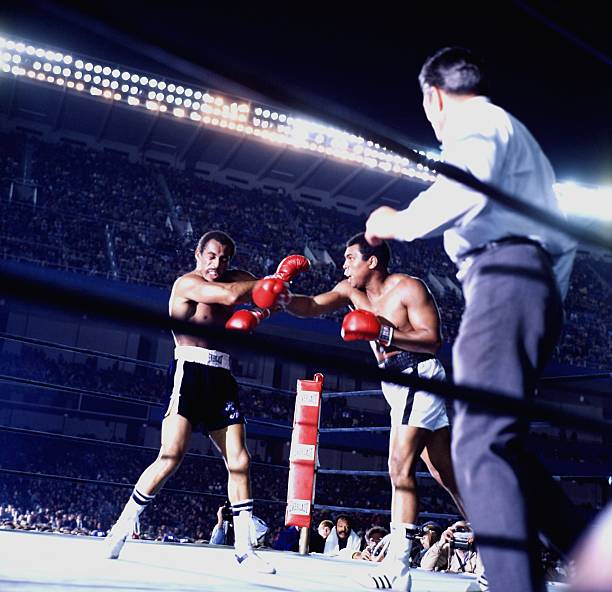
In addition, he rarely went to the body, though he would feint and jab to the belly to bring down his opponent’s guard and create openings up top. However, despite his technical deficiencies, Ali remains one of the most successful fighters the world has ever known, furthering my belief that fighting principles (timing, distance, rhythm, etc.) are just as important as technique.
5. Putting aside his fame and social influence, was Muhammad Ali the greatest fighter ever? Just as it’s impossible to ignore Muhammad Ali’s social and cultural impact, it’s also impossible to ignore Ali’s punch resistance, toughness and heart, which were just as important to his makeup as a fighter as his IQ, speed and athleticism. The same holds true for his eyes. This may seem like I’m stating the obvious here, but Ali’s eyes were always wide-open during the heat of battle. He saw everything and this aided his punch-anticipation immensely.
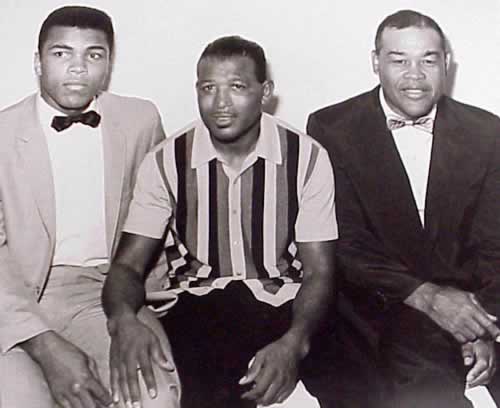
Now, is Ali the greatest boxer who ever lived? No. When you examine the records of men like Harry Greb, Sam Langford, Sugar Ray Robinson (who Ali himself conceded was greater), Henry Armstrong, Ezzard Charles, just to name a few, then Ali’s record of accomplishments, as impressive as it is, falls short by comparison. That said, there’s not a shred of doubt in my mind that Ali is the greatest heavyweight who ever lived, and this is coming from a massive Joe Louis advocate.
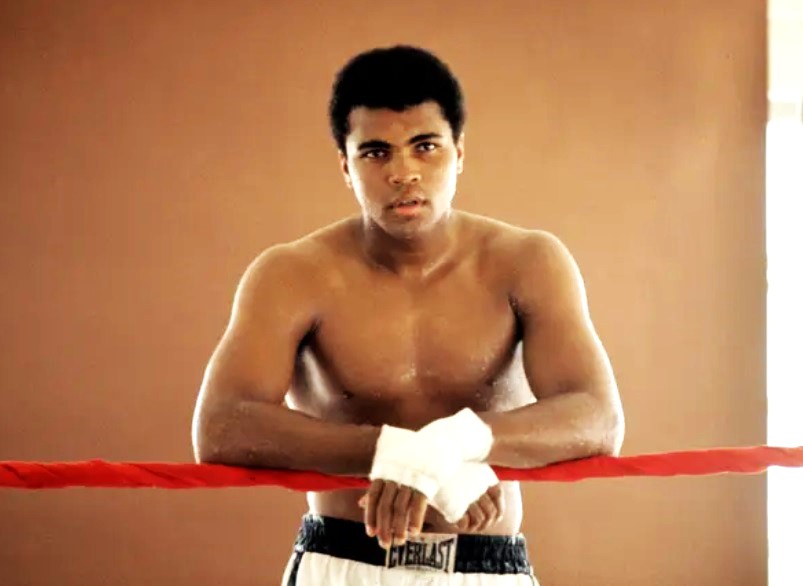
The simple fact is that Muhammad Ali came out on top during his division’s deepest-ever era when he was no longer at his best. No other fighter in the history of boxing, regardless of weight class, has ever done that. Furthermore, Ali holds five wins over three bona fide top ten heavyweights, Liston, Frazier and Foreman. If that’s not greatness, I don’t know what is.
Any sensible discussion of the greatest heavyweights of all-time comes down to two names. And for me, as great as Joe Louis was, Muhammad Ali was greater.
— Lee Wylie

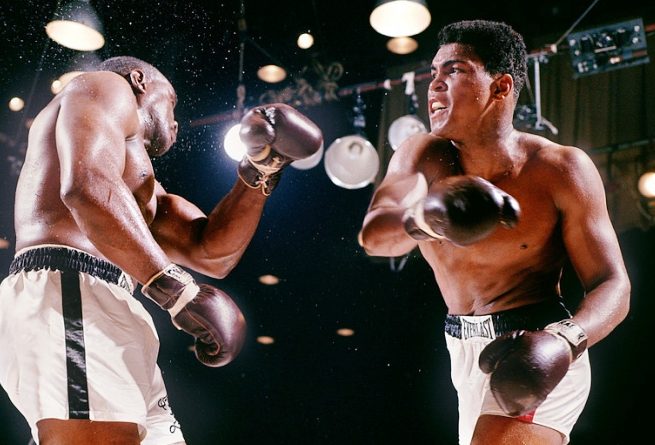

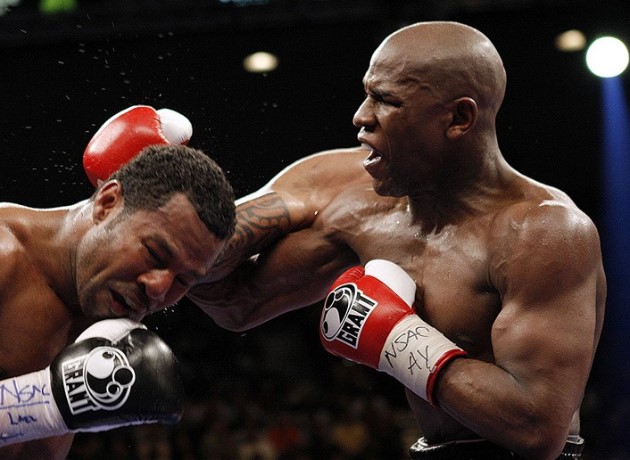
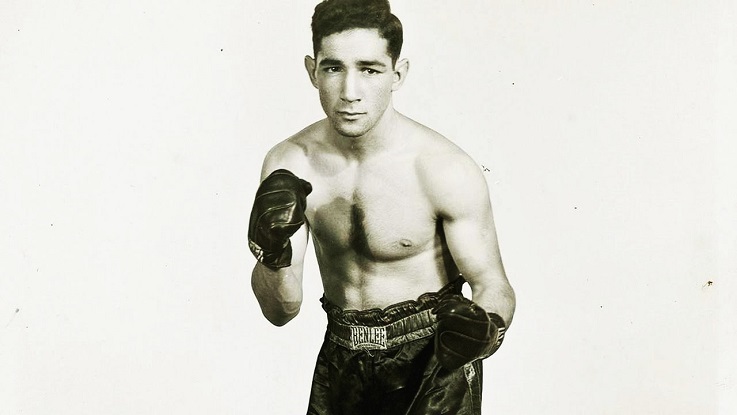
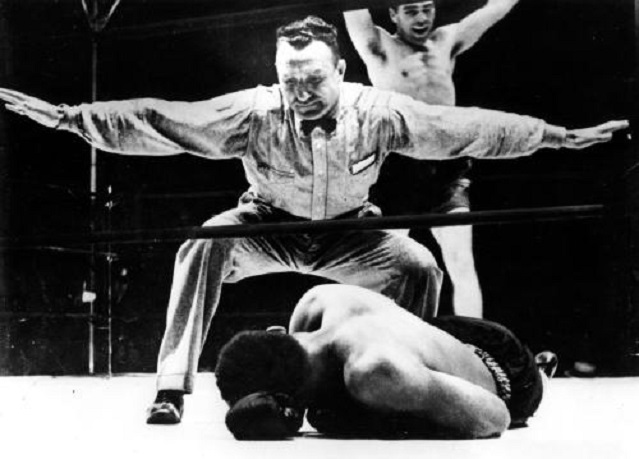
Lovely article on Muhammad Ali with some very valid points. The Ali who fought against Cleveland Williams, Zora Foley and Ernie Terrell was in my opinion the most complete Heavyweight the world has ever seen and it is unlikely we will see another Heavyweight with the blend of speed, skills and athleticism that a prime Ali possessed. Not to mention his other ‘skills’ such as mentally beating his opponent outside the ring too.
Nice piece, however I disagree that Liston was a top 10 heavyweight. Short reign, lack of major wins, though brutally powerful he was also limited. Cannot place him above the likes of Holyfield, Lewis, Tyson, Wlad, and of course you gotta put Dempsey, Johnson, Holmes, Marciano and Louis above him. Liston falls 11-16 IMO
Very enjoyable piece. Respectfully, I believe Joe Louis was a better fighter by far, and would have exploited Ali’s flaws. But we will never know. We can agree they are 1and 2. Just not on the order.
There was something about Ali’s use of the ropes. He would literally get his upper body out of the ring. His corner knew and would even try to loosen the ropes for him. His ability to take body shots was great and his primary attack weapon was hand speed. As for physical strength, I have not seen any evidence of him dropping opponents in the early rounds. He would take a beating and use his endurance until the opponent was tired and then he would drop them at the end of the fight.
Why have all Lee Wylie’s YouTube videos disappeared?
Very good question. We’ve been wondering the same thing.